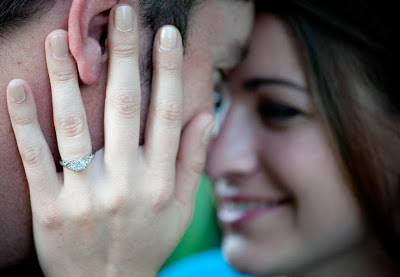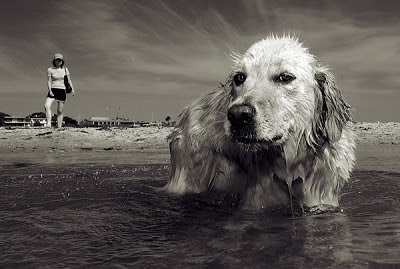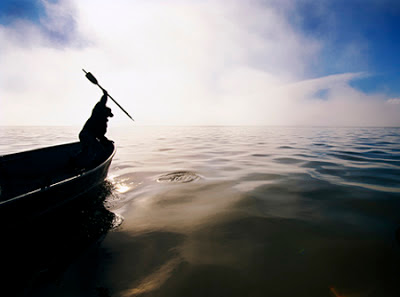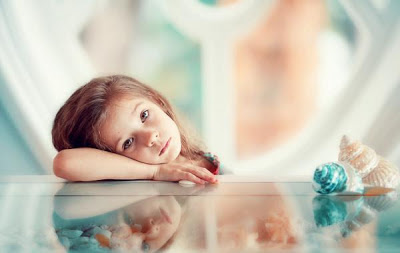Learn Photography Online
The easiest place to learn photography in a short amount of time is by doing research on the Internet. This is a flexible and easy solution, because you can do it from home and on your own schedule. Keep in mind that anyone can write anything on the Internet, and you get what you pay for. If you are interested in receiving tips from a person who is a subject matter expert on the topic of photography, be prepared to pay a small fee. It is worth it to receive your information from a well respected source on the topic. This is true for anything you learn online. Using the Internet to research tips on photography is especially helpful if your new little baby is already home. Any new parent will tell you that it is difficult to get out of the house in the first few weeks.
Take a Photography Course
Another way to learn photography is by taking a local class. Nearby colleges and community education centers offer courses for amateurs who want to take better pictures for personal use. These courses are very popular, but they are usually offered only once a semester. You may have a problem fitting in a class to your schedule, depending on when the course is available. Keep in mind, that depending on who is teaching the course, it may be out of your budget. Learning from the best is not always necessary if you only want to be able to take good pictures of your new baby.
Read a Photography Book or eBook
You can also learn photography from a book. Just make sure that your book has been written sometime in the last year or so. Technology changes so quickly that a book that was written a few years ago will be very much out of date. Digital pictures or pictures taken with your portable electronic device require a different skill set than pictures taken with a film camera. Consider an eBook that can give you up to date tips and information. These are usually inexpensive, and filled with relevant information that is appropriate to the current technology.





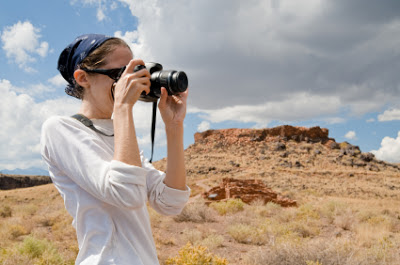
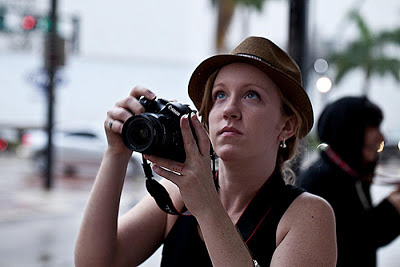



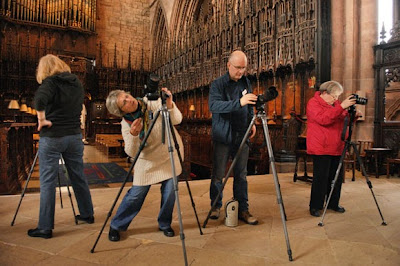

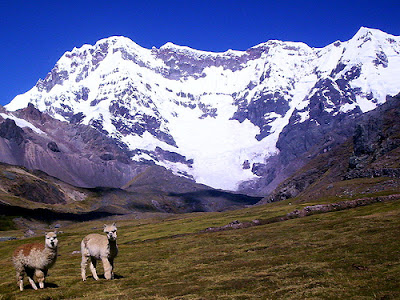







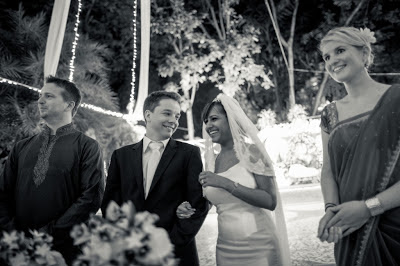
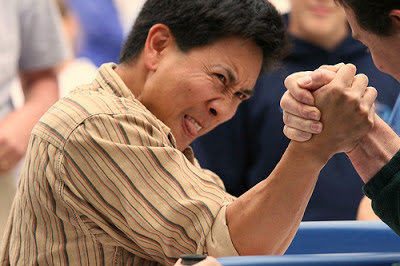


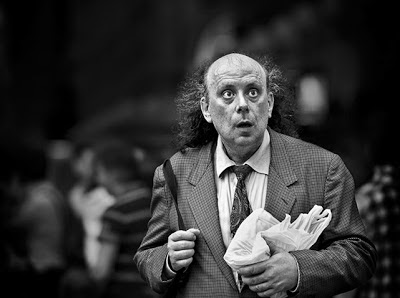

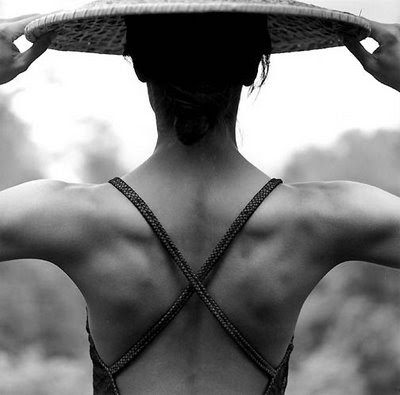

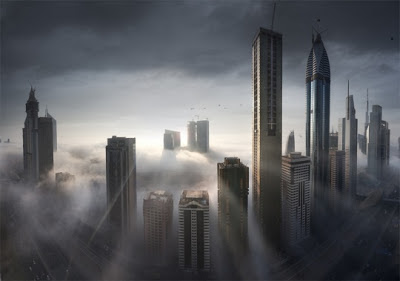




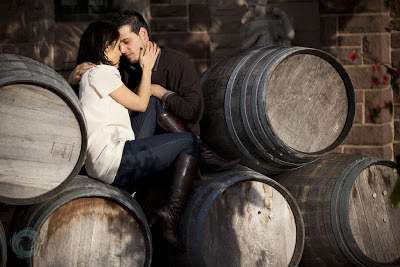
.jpg)



